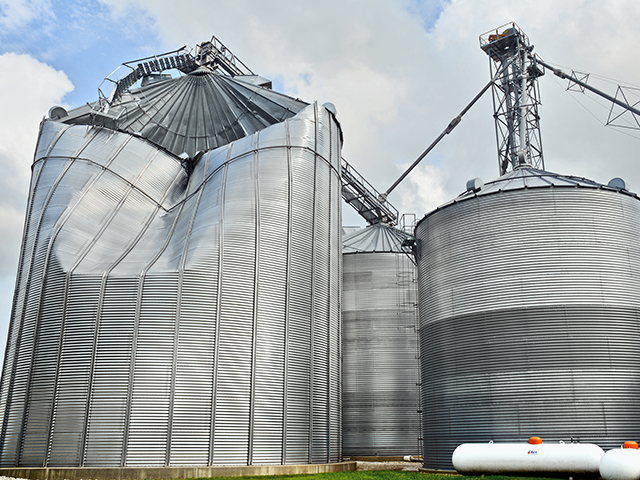Taxlink
How Involuntary Conversions Work
Some farmers would call 2020 a disaster. COVID, weather, election: What else could go wrong? Since we are discussing things that have gone wrong, let's talk about involuntary conversions.
Let's start the discussion with Treasury Regulation 1.165-6(c), which states that the loss of a prospective crop through frost, storm, flood or fire does not give rise to a casualty loss deduction. A cash basis farmer would not have basis in the prospective crop to claim a loss. However, a farmer using the inventory method may be able to claim a deduction through a cost of goods sold.
Luckily, most farmers have crop insurance to compensate for the loss of a crop. Most farmers also have liability insurance to compensate for the loss of personal property such as a shed, silo or equipment. An involuntary conversion falls under Internal Revenue Code 1033, which states no gain or loss is recognized when property is involuntarily converted into similar property or property related in service or use. In the case of a crop, the damaged crop is not converted, and insurance proceeds are subject to tax.
P[L1] D[0x0] M[300x250] OOP[F] ADUNIT[] T[]
In the case of property, the farmer can either recognize the gain or purchase similar or related in service or use property. The farmer also has the option to elect to defer the gain to the extent the amount realized is invested in replacement property. If deferral is elected, the property must be replaced within two years from the end of the tax year in which any part of the gain on conversion is realized. The farmer may extend the replacement period by filing an extension.
SPECIAL RULES
There are special rules for replacement property in regard to involuntary conversions. Replacement property can't be acquired from a related party. If you are an individual, the related party prohibition applies if there is realized gain of more than $100,000.
If multiple assets were destroyed in the same event, the farmer can defer gain on some assets and not others. It's an asset-by-asset election.
Replacement property must be similar in use to the property involuntarily converted. This standard is stricter than like-kind replacement property under Section 1031. Similar in use refers to the farmer's relationship to the property. The physical characteristics and end use of the converted property and replacement property must be closely similar. For example, a dairy farmer likely could not treat the dairy facility as similar in use to a beef cattle feedlot. To expand on the difference, Section 1031 uses a like-kind test. Under like-kind, the dairy facility (1245 asset) and feedlot (1245 asset) would qualify for a tax-free exchange.
Because the rules and terminology can be tricky, consult a tax accountant prior to purchasing replacement property.
**
DTN Tax Columnist Rod Mauszycki, J.D., MBT, is a tax principal with CLA (CliftonLarsonAllen) in Minneapolis, Minnesota. Read Rod's "Ask the Taxman" column at about.dtnpf.com/tax. You may email Rod at taxman@dtn.com.
(c) Copyright 2021 DTN, LLC. All rights reserved.




